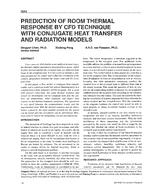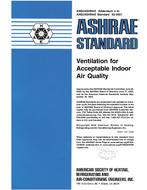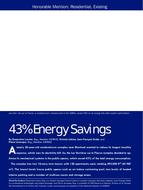Click here to purchase
Current trends in the HVAC industry lead to increased air flowrates to improve air conditioner’s efficiency compared to when testing standards were originally developed. However, such increases in air flowrate lead to a reduction in the enthalpy and temperature change across the heat exchanger coil, with a similar effect observed for the built equipment. In parallel, the dimensions of unitary equipment have increased leading to challenges when including current standard’s inlet ductwork which recently became mandatory in the US. Based on our experience, different testing facilities use different designs for inlet ductwork and air sampling to enable installation in legacy testing facilities. This leads to differences in the measured performance between labs and can lead to “false testing failures” caused by differences in testing method. This paper presents the work that has been done as part of ASHRAE RP 1733 and 1743 to address these challenges on the equipment as well as on the component (heat exchanger) level. In general, achieving repeatable test results and accurate airside measurement requires either a large length for mixing and flow development or a shorter length at the expense of additional airside pressure drop.
Citation: 2019 Annual Conference, Kansas City, MO, Conference Papers
Product Details
- Published:
- 2019
- Number of Pages:
- 8
- Units of Measure:
- Dual
- File Size:
- 1 file , 1.5 MB
- Product Code(s):
- D-KC-19-C012


